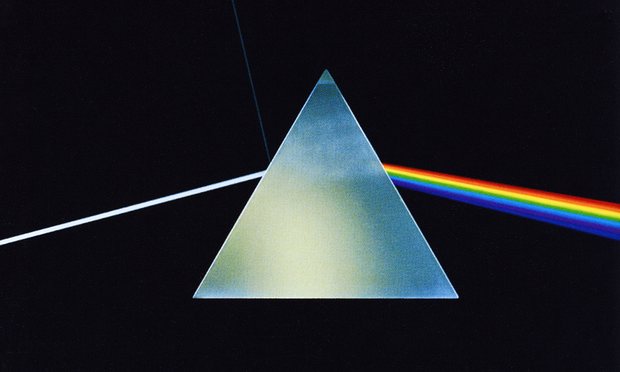Drugs dance through the annals of art and music, casting a kaleidoscope of light and shadow that has intrigued societies across the globe. Psychedelics, marijuana, and party drugs – they’ve all had their moments on canvas and in song, weaving stories that pulse with the heartbeat of diverse cultures. Like dye dropped in water, the colors blend and bleed into the fabric of our world, shaping perceptions, stirring controversy, and sparking creativity.
Now, imagine a world where the stir of a brush or the strum of a guitar string captures a high more vivid than reality itself. That’s the realm where drugs meet art and music.
From the intricate psychedelia of the 60s to the mellow haze of reggae, and the adrenaline-fueled beats of electronic dance music – each wave of influence unfolds a new chapter in the grand narrative. Ready to delve into the mosaic of expression? Let’s turn the page.
The Influence of Psychedelics on Art and Music

The 1960s marked an eruption, a vivid splash on society’s canvas, as psychedelics like LSD spilled into the world of art and music – a time capsule of rebellion, discovery, and technicolor dreams.
It wasn’t just about seeing the unseen; it was about a collective awakening, a desire to peel back the mundane and reveal the enchanted universe beneath. The Beatles imparted this cosmic journey through “Lucy in the Sky with Diamonds,” while Pink Floyd’s “The Dark Side of the Moon” became a soundscape synonymous with the acid-trip experience.
Feast your eyes on the art from this era – the pulsing patterns, the melting clocks of Salvador Dali, and the phantasmagoria that leapt from the canvases of Peter Max. These visual echoes of psychedelic experiences influenced a generation, coaxing society to ponder beyond the rigid frames of conventional reality.
Concert posters, with their swirling lettering and otherworldly imagery, became not just an announcement but a manifesto of the times. Want to see the world through these prismatic glasses? Just take a closer look at the era’s brushstrokes and backbeats.
The Mellow Muse: Marijuana, Kava, and the Creative Flow
Marijuana has wafted through the corridors of creativity for ages, a serene sister to the frenetic psychedelia of harder drugs. This green muse has been a constant companion to artists and musicians, coaxing from them a tapestry of chilled notes and smoky lines that resonate with a laid-back vibration.
From the languid tunes of Bob Marley, who became synonymous with the culture of cannabis, to the works of visionary artists like Frida Kahlo, who was known to include marijuana in her medley of personal painkillers, this herb has seasoned the artistic stew with flavors of tranquility and introspection.
Drifting now from the smoky rooms of marijuana musings to the tranquil shores of the Pacific, let’s stir in a different elixir – kava. A ceremonial staple in Polynesian culture, kava is no fleeting trend.
You might wonder, how does kava feel? – for an artist, imagine a calming wave washing over the chaos of the creative mind, leaving behind clarity and the subtle warmth of tradition. As an ancient form of liquid serenity, it both grounds and inspires, influencing art and music with subtlety, a gentle nudge, far from the mind-bending journey of psychedelics, but a profound influence nonetheless.
The Beat of the Night: Party Drugs and the Pulse of Electronic Music
And then, there’s the night – electric with beats and bass drops, where party drugs become the fuel for a different kind of creativity. In this nocturnal playground, substances like MDMA and ecstasy dissolve the barriers between people and music, synthesizing a collective heartbeat that thumps through the veins of electronic dance music (EDM).
The strobe-lit dance floors of the world pulsate with a frenetic energy birthed from both the chemical and the musical, driving DJs and electronic artists to sculpt sounds that perfectly harmonize with the experience.
Tracks from icons like Daft Punk and Avicii are not just heard; they’re felt, coursing through the body like a current, with beats that mirror the tempo of a pill-powered euphoria. And the visual arts are not untouched, with the luminescent whirls of light shows and the intricate geometric patterns of rave aesthetics reflecting the inner workings of a stimulated psyche.
In this realm, artistry meets revelry – each beat, each brushstroke, is a note in the symphony of the night, rising and falling with the collective ecstasy of the crowd.



